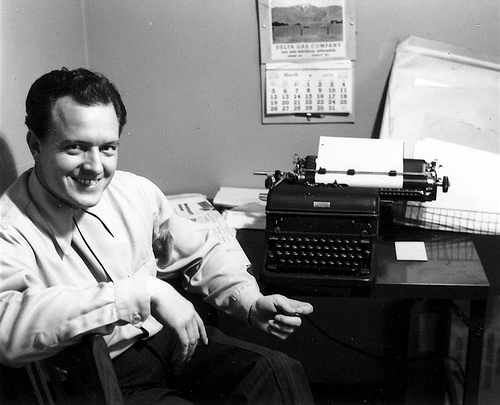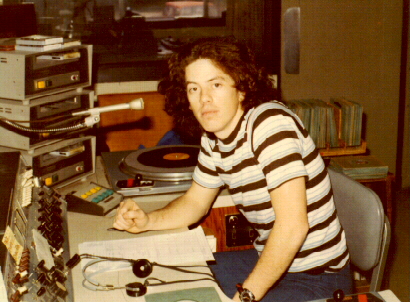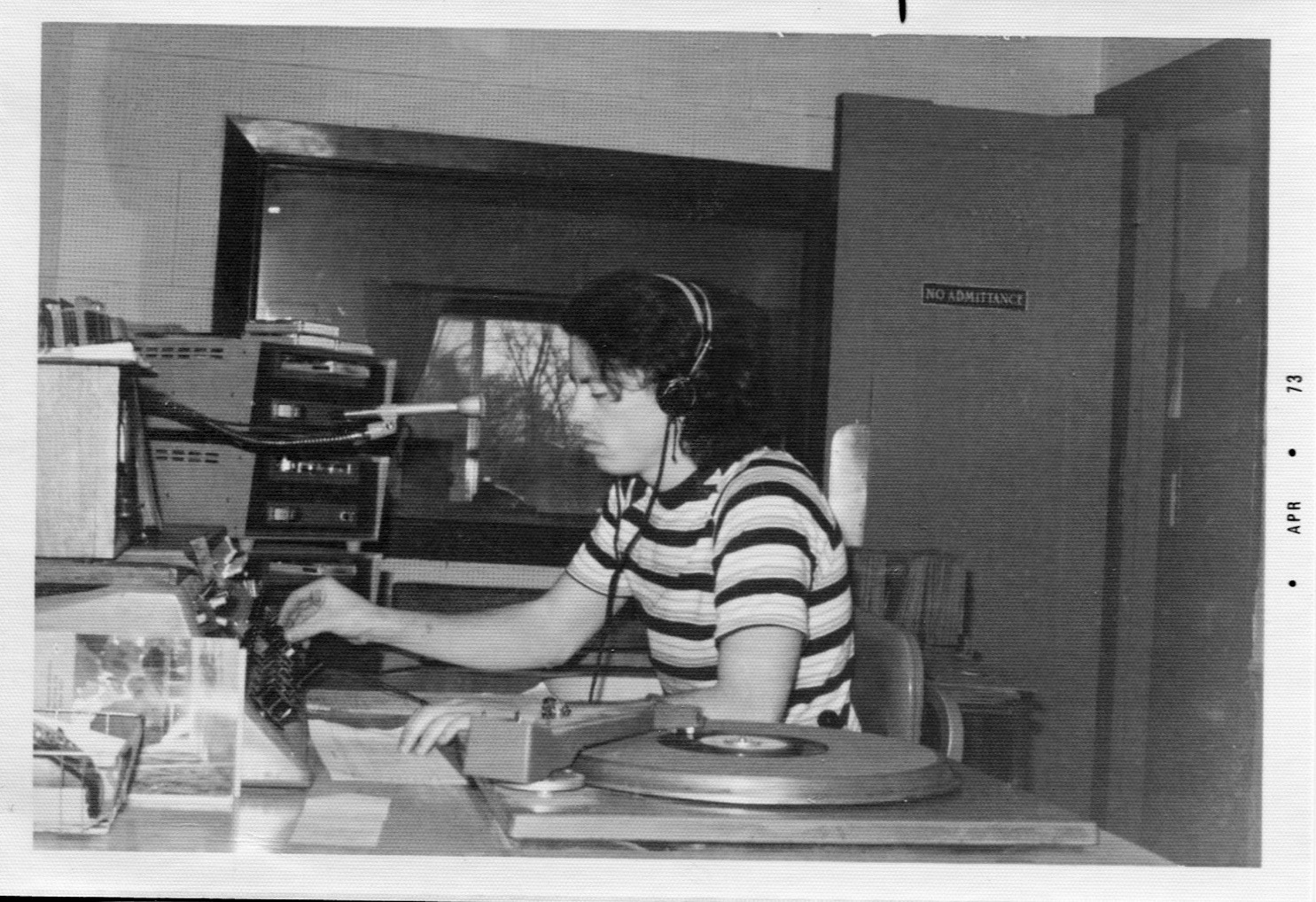Time for Talk was (is?) a public access program on the local cable system in Kennett, MO. As I recall, it started about the same time I began working at the local radio station, KBOA.
Time for Talk was a labor of love for Dr. Russ Burcham (a local dentist) and his wife, Rosemary. Rosemary did the interviews and Russ worked the camera. Sort of Wayne’s World with Aunt Bea and Sheriff Taylor replacing Wayne and Garth.
Time for Talk was 15 minutes long, as I recall. And it was kind of big deal in our little town because it was about the only way you’d ever see your self on television without getting arrested or dying in bus crash.
Because I was “on the radio,” Russ and Rosemary had me on several times over the years. Before YouTube, the only way you’d see one of these treasures was to go to Kennett.
This one was recorded in 1998, fourteen years after I left Kennett. Rosemary asked me to talk about the website I created for the local station (my first effort at a website). Enjoy.





